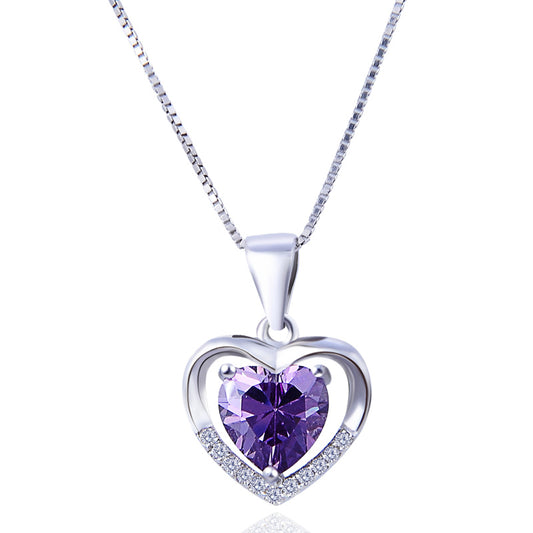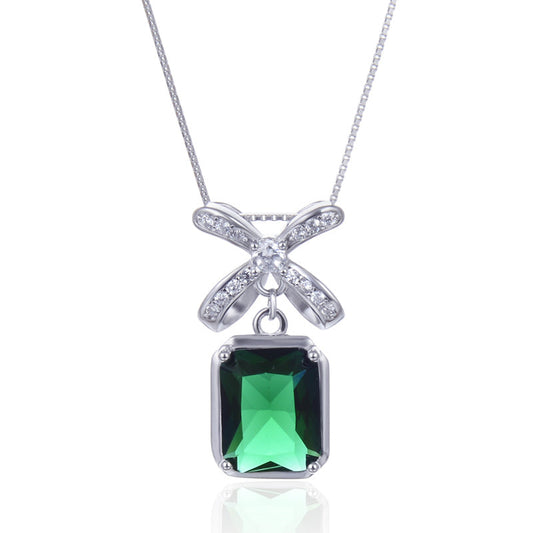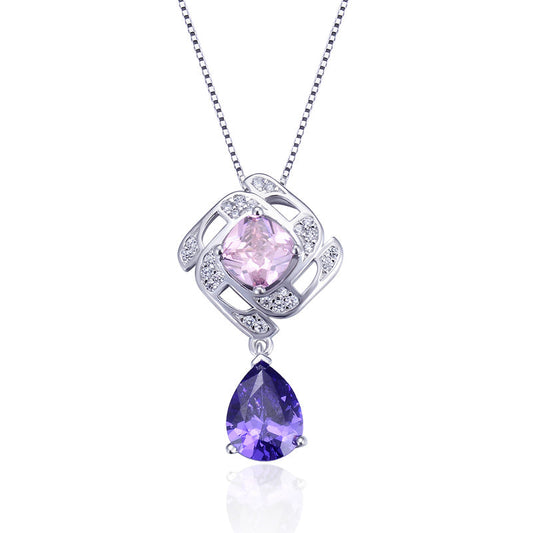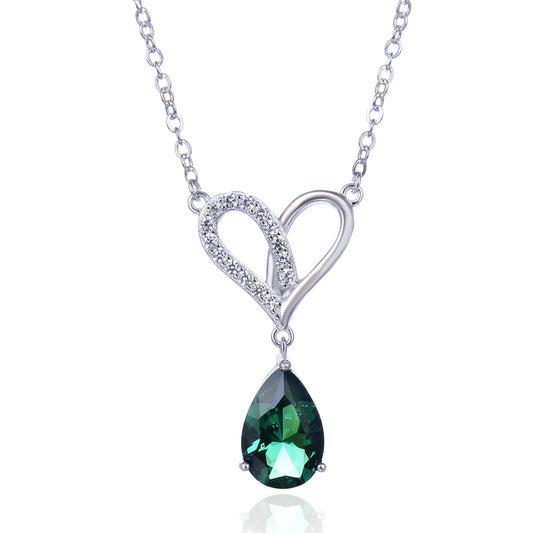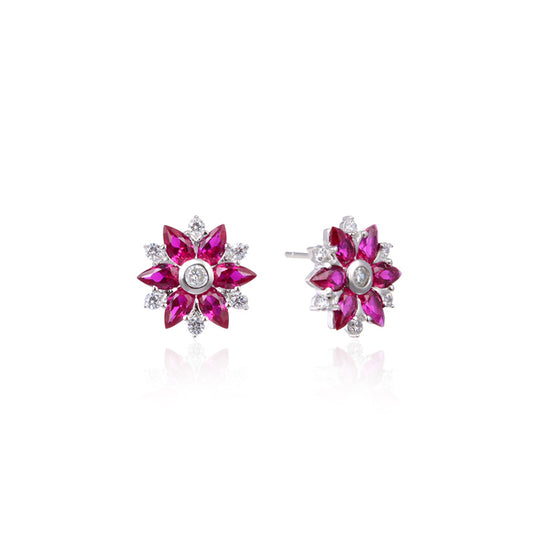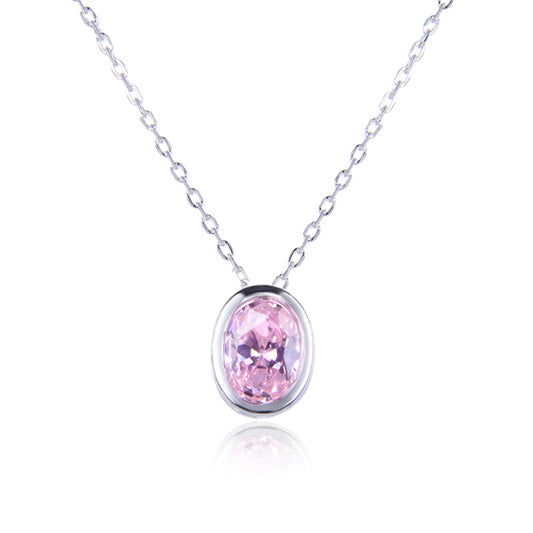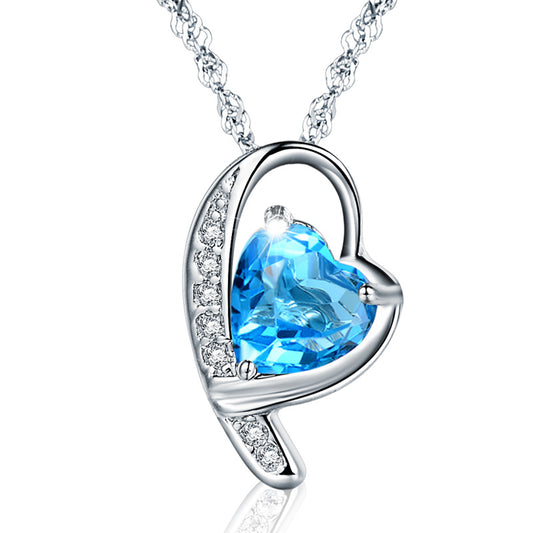In the vast landscape of internet trends and popular culture, certain topics captivate audiences worldwide, transcending geographical and cultural boundaries. One such phenomenon that has garnered significant attention, particularly among European and American users on platforms like TikTok, is the fascination with Big Tits. This topic, while often perceived through a lens of titillation or entertainment, deserves a deeper exploration to understand its underlying social, psychological, and cultural implications.
The Cultural Context
To comprehend the widespread appeal of Big Tits on platforms like TikTok, it's essential to examine the cultural context in which they are presented and consumed. Historically, the portrayal of the female body, especially breasts, has been a subject of art, literature, and media for centuries. From ancient Greek sculptures to modern-day advertising, the female form has been celebrated, objectified, and scrutinized in various forms.
In Western culture, breasts have long been symbols of femininity, fertility, and sexual attraction. This fascination is not merely a recent phenomenon fueled by social media; it is deeply rooted in human history and psychology. However, the advent of social media platforms like TikTok has democratized access to such content, making it more readily available to a broader audience.
The Role of Social Media
TikTok, with its short-form video content, has revolutionized the way we consume media. Its algorithm, designed to keep users engaged, often surfaces content that aligns with their interests and preferences. For many users, this includes videos featuring women with Big Tits, which can range from fashion showcases, dance routines, to comedy sketches.
The platform's viral nature means that content featuring Big Tits can quickly gain traction, leading to increased visibility and engagement. This, in turn, perpetuates the cycle, as more creators are incentivized to produce similar content to capitalize on the trend's popularity.
Psychological Factors
From a psychological perspective, the fascination with Big Tits can be attributed to several factors, including innate human instincts and societal conditioning.
-
Biological Instincts: Humans are hardwired to be attracted to certain physical attributes that signal health and fertility. Breasts, particularly large ones, are often perceived as indicators of a woman's reproductive potential and overall health.
-
Social Conditioning: Media and advertising have long used images of women with large breasts to sell products and services, from lingerie to movies. This consistent exposure has shaped societal norms and expectations regarding female beauty and sexuality.
-
Fantasy and Escapism: In a world filled with stress and uncertainties, social media offers a form of escapism. Videos featuring Big Tits can provide a temporary distraction, offering viewers a chance to indulge in fantasy and enjoyment.
The Impact on Body Image
While the fascination with Big Tits may seem harmless on the surface, it can have significant implications for body image and self-esteem, particularly among young women. The constant exposure to idealized images of female bodies can lead to unrealistic expectations and feelings of inadequacy.
Many women may feel pressure to conform to these standards, leading to issues such as body dysmorphia, low self-esteem, and even mental health problems like anxiety and depression. It's crucial to promote a healthy and diverse representation of bodies on social media to mitigate these negative effects.
Fashion and Empowerment
However, it's not all doom and gloom. The rise of platforms like TikTok has also given voice to a new generation of women who use their platforms to celebrate their bodies, regardless of size or shape. Many creators use their influence to promote body positivity, encouraging their followers to love and accept themselves as they are.
In the realm of fashion, Big Tits have become a part of the inclusive movement towards diverse body types. Brands and designers are increasingly recognizing the need for clothing that caters to a variety of shapes and sizes, ensuring that women with larger breasts can find stylish and flattering options.
To explore a wide range of fashion options designed specifically for those with Big Tits, visit Big Tits.
Challenging Stereotypes
It's important to challenge the stereotypes and assumptions that often surround the topic of Big Tits. Women with larger breasts are not a monolithic group; they come from diverse backgrounds, have different interests, and face unique challenges.
By promoting diverse representations of women with Big Tits in various contexts—from professional settings to athletic pursuits—we can break down these stereotypes and foster a more inclusive society.
The Role of Men
It's also crucial to acknowledge the role men play in shaping and consuming content related to Big Tits. While the fascination may be universal, it's essential for men to approach this content with respect and awareness of its impact on women.
Men can contribute to a healthier online environment by:
- Promoting Positivity: Encouraging and uplifting content that celebrates diverse body types.
- Challenging Stereotypes: Speaking out against objectification and promoting respectful dialogue.
- Being Mindful Consumers: Recognizing the impact of their viewing habits and supporting creators who promote body positivity.
Conclusion
The fascination with Big Tits on TikTok and other social media platforms is a complex phenomenon rooted in cultural, psychological, and sociological factors. While it's important to acknowledge and understand these underlying dynamics, it's equally crucial to promote a healthy and inclusive representation of bodies.
By fostering a culture of respect, empathy, and diversity, we can ensure that social media remains a platform for positive self-expression and empowerment, rather than a source of insecurity and objectification.
#BigTits #BodyPositivity #FashionInclusivity #TikTokTrends #CulturalAnalysis


